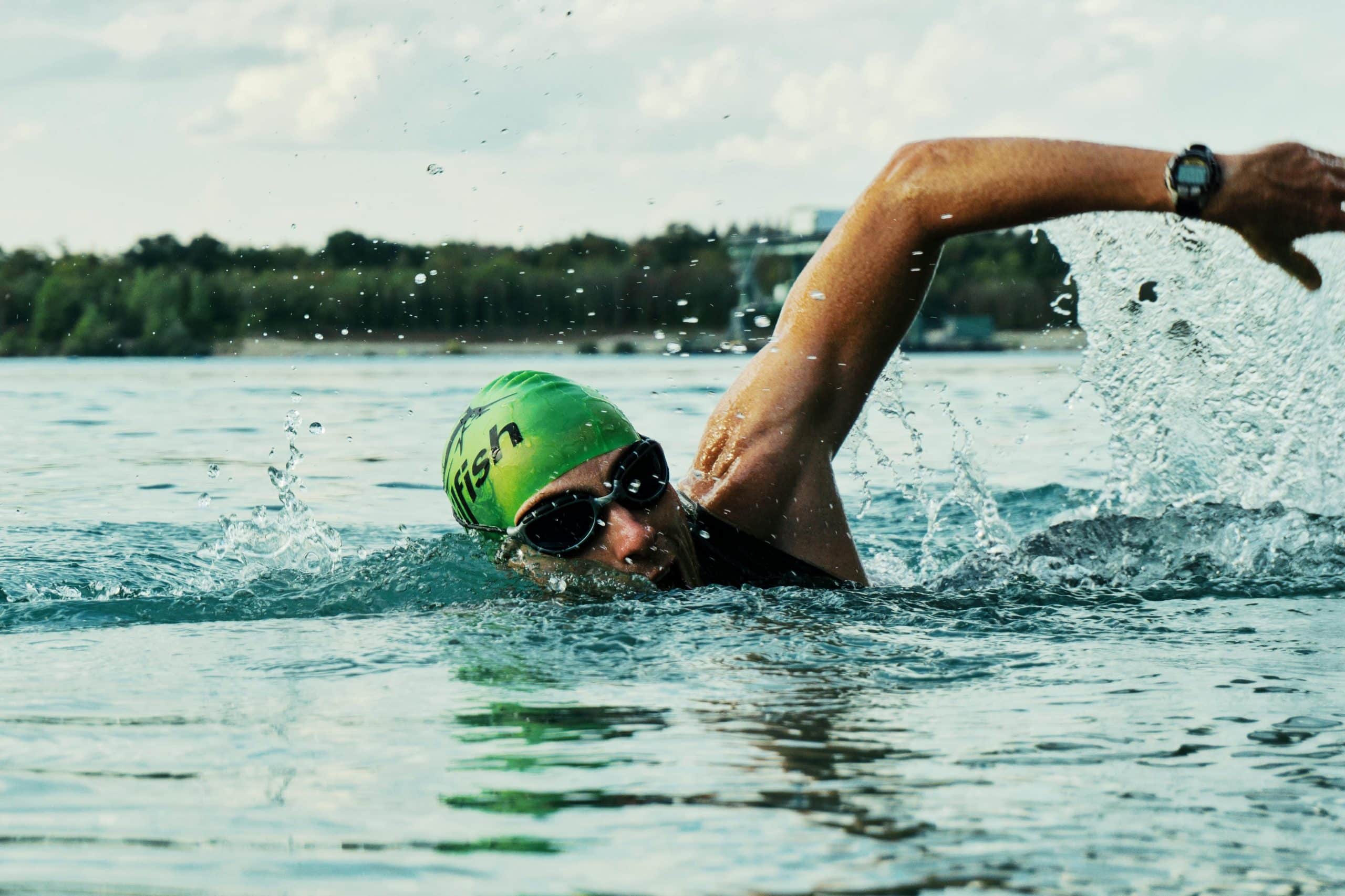How to Use Periodization Theory to Plan Season Training for Elite Swimmers?

In the world of competitive sports, a robust and structured approach to training is paramount. This is especially true for elite swimmers, where the difference between success and failure is often a matter of millimeters and milliseconds. The key to this lies in an understanding of periodization theory. Periodization is the systematic planning of athletic or physical training with the goal of reaching the best possible performance at the most important time of the year. This involves manipulating various aspects of training such as intensity, volume, and specificity. To effectively use this theory, it is crucial that coaches understand the principles of periodization. This article will explore how to apply periodization theory in planning a season-long training for elite swimmers.
The Concept of Periodization: Breaking Down the Season
Periodization in training refers to the strategic implementation of specific training phases throughout an annual training cycle. These phases generally include the preparatory phase, the competitive phase, and the transition phase. Each phase is further broken down into macrocycle, mesocycle, and microcycle, with different training objectives.
Have you seen this : How to Design a Strength Training Program for Junior Tennis Players to Enhance Serve?
A macrocycle refers to the annual plan that works towards peaking for the goal competition of the year. It provides an overview of the annual training plan, which includes the competitive and non-competitive season, the conditioning period, and rest periods.
A mesocycle represents a specific block of training that is designed to accomplish a particular goal, while a microcycle is typically a week because this is the time frame that most people can fit into their schedule.
Also read : How Can Sport-Specific Ergonomics Prevent Musculoskeletal Disorders in eSports Professionals?
The Role of Training Intensity and Volume in Periodization
In the realm of periodization theory, two of the most crucial elements to manage are training intensity and volume. Intensity refers to the level of effort required in a training session, often measured through heart rate or mmol of lactate in the blood. On the other hand, volume refers to the total amount of work done, such as the distance swum in a week.
Training intensity and volume should not be static throughout the macrocycle. Instead, they should be manipulated in a way that optimizes performance. For instance, the early stages of the training cycle may focus on high-volume, low-intensity work to build an aerobic base. As the season progresses, training may shift towards lower-volume, high-intensity work to fine-tune speed and power.
Applying Specificity and Altitude Training in Periodization
Specificity is another key principle in periodization. It asserts that training should be relevant and appropriate to the sport for which the individual is training. For swimmers, training must be specific not only to their competitive strokes but also to the various physiological and biomechanical demands of their events.
Altitude training is an advanced technique used in periodization. Training at high altitude can lead to physiological adaptations that enhance endurance performance. These adaptations include an increase in red blood cell count, which can improve oxygen delivery to the muscles during exercise, thereby enhancing performance.
Leveraging Technology for Periodization: Google Scholar and PubMed as Resources
In this era of technology, using resources like Google Scholar and PubMed can significantly aid in planning and implementing periodization. These platforms can provide coaches and athletes with the latest research on periodization, including studies on optimal training intensity and volume, specificity, and the effect of altitude training on performance.
Google Scholar is a freely accessible web search engine that indexes the full text or metadata of scholarly literature, while PubMed comprises more than 30 million citations for biomedical literature. Using these platforms can help ensure that the training plan is based on solid scientific evidence.
Monitoring Athletes’ Performance and Adjusting the Plan
Monitoring athletes’ performance throughout the macrocycle is crucial to ensure that the periodization plan is working and to make necessary adjustments. Performance can be monitored through regular testing such as timed swims, blood lactate testing, and strength tests.
If the athletes are not improving as expected or if they are showing signs of fatigue, overtraining, or burnout, adjustments may need to be made to the training plan. The beauty of periodization is that it is not a rigid system. Instead, it is flexible and can be adjusted based on how the athletes are responding to the training load.
Coaches and athletes should remember that periodization is more of an art than a science. It requires understanding, patience, and a willingness to adapt and adjust as necessary. With careful planning and implementation, periodization can help elite swimmers reach their peak performance at the right time, enhancing their chances of success in their most important competitions of the season.
Enhancing Performance with Strength Training and Middle Distance Workouts in Periodization
Strength training is a crucial element in periodization, especially for elite swimmers. This form of training involves exercises designed to improve muscle strength and endurance, such as weightlifting, resistance exercises, and plyometric training. The primary aim of strength training in a swimmer’s macrocycle is to enhance power output, improve stroke efficiency, and reduce the risk of injury.
In periodization, strength training should be carefully integrated into the training plan. Initially, the focus may be on general strength development, with exercises targeting all major muscle groups. As the season progresses, the emphasis should shift to specific strength training – exercises that directly enhance swimming performance. For instance, dry-land exercises that mimic swimming strokes can be employed to enhance stroke-specific strength.
Moreover, middle distance workouts play a significant role in periodization for swimmers. These are workouts that focus on maintaining a high-intensity effort over a moderate distance – typically a distance that a swimmer would cover in a race. They are especially beneficial for enhancing aerobic capacity, anaerobic threshold, and swimming speed.
Middle distance workouts can be incorporated into various phases of the macrocycle. For example, during the preparatory phase, these workouts can be used to build aerobic fitness. In the competitive phase, they can be employed to fine-tune race pace and strategy. In all cases, the intensity distribution of these workouts – the balance between low, moderate, and high-intensity efforts – should be carefully managed.
Utilizing Scholarly Resources: Google Scholar, PubMed, DOI PubMed, and Crossref Full Text
When planning and implementing periodization, it’s crucial to base your decisions on reliable, up-to-date scientific evidence. Several online platforms can provide this, including Google Scholar, PubMed, DOI PubMed, and Crossref Full Text.
Google Scholar is an expansive search engine for scholarly literature. By entering relevant keywords – such as "periodization training," "training intensity," "training load," "altitude training," and "elite swimmers" – coaches and athletes can access a wealth of studies and reviews related to their training plan. For example, by typing "Gonzalez Rave second macrocycle" into Google Scholar, you can find specific studies related to your macrocycle planning.
PubMed, similar to Google Scholar, is a free search engine for accessing biomedical and life sciences literature. It currently holds over 30 million citations and abstracts from MEDLINE, life science journals, and online books. DOI PubMed is a unique identifier for scholarly works, which makes finding specific articles easier.
Crossref Full Text is another great resource for accessing full-text scholarly articles. By using the "Crossref Full Text" option, you can directly access the full text of the article, rather than just the abstract. This is particularly useful for delving into the details of a given study.
When using these resources, always consider the reliability and relevance of the information. Be sure to assess the study design, sample size, and the credibility of the journal in which the study was published.
Conclusion
Periodization is a powerful tool for planning season-long training for elite swimmers. It involves strategic manipulation of training intensity, volume, and specificity throughout different phases of the annual training cycle. Altitude training, strength training, and middle distance workouts are some of the techniques that can be employed to enhance performance.
Monitoring athletes’ performance and adjusting the plan, as necessary, is crucial to the success of periodization. Technology plays a significant role in this, providing resources like Google Scholar, PubMed, DOI PubMed, and Crossref Full Text for evidence-based planning and decision-making.
However, it’s important to remember that periodization is more of an art than a science. It requires patience, understanding, and a readiness to adapt based on the athletes’ responses to the training load. But with careful planning and execution, periodization can help elite swimmers achieve peak performance at the right time – maximizing their chances of success in the most important competitions of the season.
